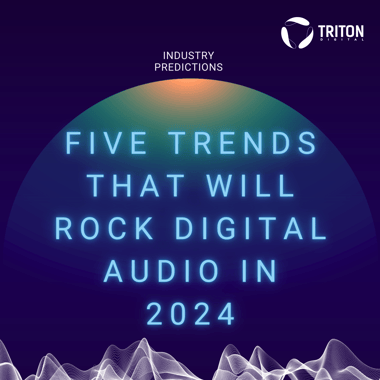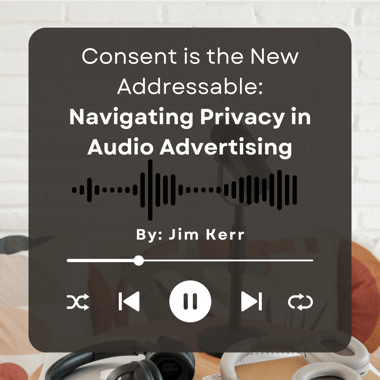The Internet (of) Sings

Originally posted via Wired
CES has wrapped for another year. Unlike past years, the buzz coming out of this year’s show was not about a “thing” that would ‘change everything’ but on the somewhat more philosophical and entirely more interesting “internet of things.”
This is good news on many fronts. Tech may be “putting aside foolish things”
in favor of getting down to the very real business of making lives better. On the other hand, if I have a ‘gamified’ coffee making experience or can take a selfie with my electric toothbrush… not so much.
The universe expands and contracts. So too does the universe of devices. I feel like this CES ushered in a movement toward contraction — and that’s a very good thing indeed. For some.
For those products based on an idea, not on specific materials, protocols, and rigid delivery methods, the “internet of things” promises a new era where technology up-levels from trophy to tool as we evolve from conspicuous consumption to elegant utilization. It becomes less about what you have and more about what you do with what you have by threading it together.
We can no longer sustain a cupboard full of technologies each doing their own thing. Consider the (very recent) past. There was once the Mac for home, MacBook for school and work, iPod for music, iPhone for calling and texting, and iPad for media consumption. Those things are now all converging into one device that does most of what the specialty devices did — and at comparable performance. The presumed winner will be the mobile device as there are already clear signs of slowdowns across the other categories.
So a decline in desktop sales means people don’t “compute” at home any more right? The fact that iPod sales are a rounding error of past heights indicated music is in steep decline, correct?
Obviously not.
The fact that younger people are far less interested in wearing watches doesn't mean they don’t know what time it is.
They just get their time differently, using technology that does many things (mobile) versus one thing (even if it’s a beautiful Swiss timepiece.)
There are a number of content wines that will age beautifully in new IOT-enabled consumer electronic bottles. Audio, for one.
Audio is perhaps the most fungible media. Will I watch the big game on my alarm clock? Unlikely. But a refrigerator that plays your Spotify? Sure. Pandora in your pillow? Sounds dreamy. Those two companies are examples of those based on an idea, and that idea is 365-degree audio. Audio that features some combination of customization, choice, and control. Listen in the car. Listen on the phone. Listen on Sonos. Listen via toaster. It matters not. Just listen.
More traditionally oriented audio apps like TuneIn and iHeart are similar. In varying degrees they have elements of customization, choice, and control in their offerings along with traditional broadcast one-to-many delivery.
So while “radio” the transmission device featuring AM/FM may not have been the talk of the show (although there were some very beautiful, possibly Swiss ones there), Radio newly defined as audio-based-content delivered agnostically across a wide spectrum of devices and platforms may very well be the fuel that makes the “internet of things” swing.
Patrick Reynolds is Chief Strategy Officer at Triton Digital.
Related Articles
Keep on reading the stuff you love

Five Trends that will Rock Digital Audio in 2024

Consent is the New Addressable: Navigating Privacy in Audio Advertising
